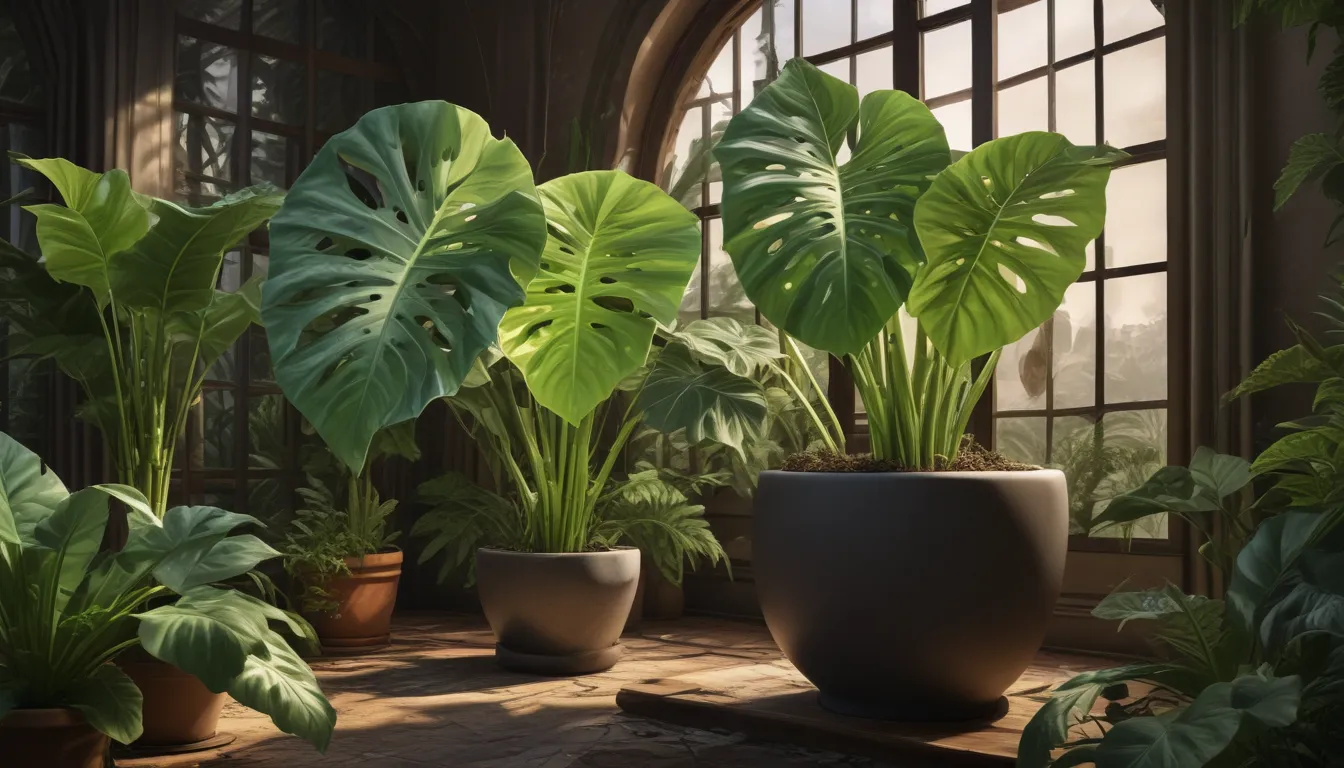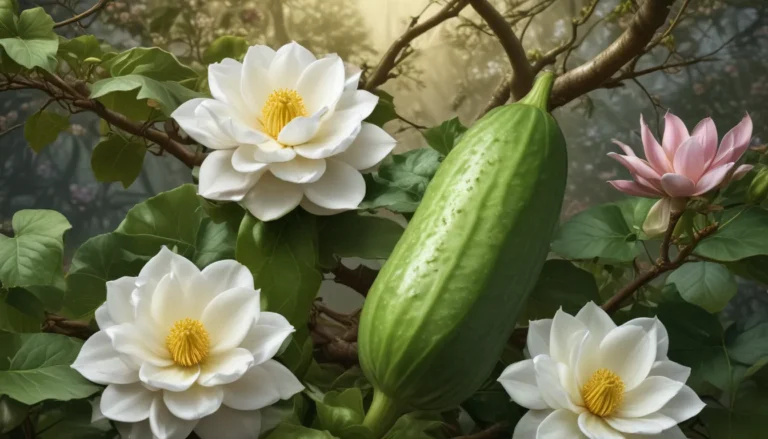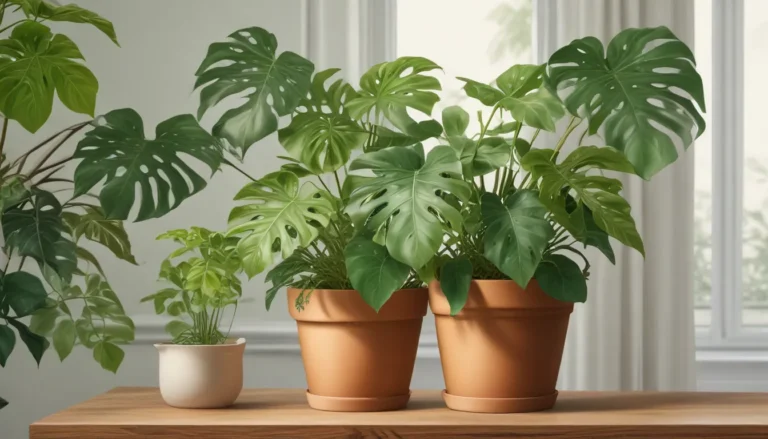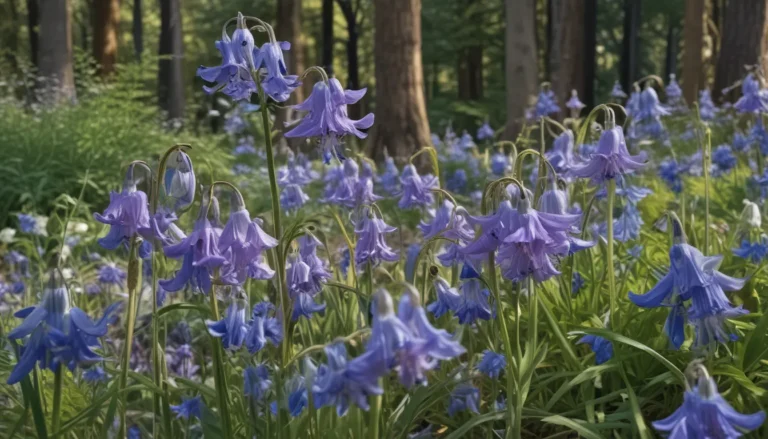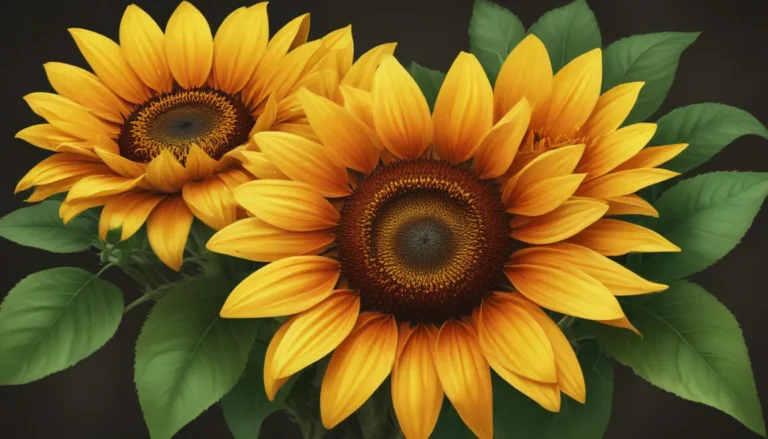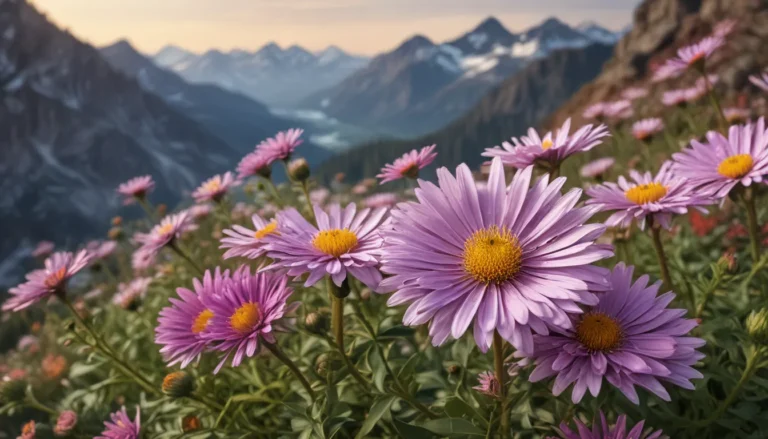The pictures we use in our articles might not show exactly what the words say. We choose these pictures to make you interested in reading more. The pictures work together with the words but don’t take their place. The words still tell you the important facts.
Are you looking to add a touch of exotic beauty to your indoor or outdoor space? Alocasia plants, also known as Elephant Ear or African Mask Plants, might just be the perfect choice for you. With their large, arrow-shaped leaves and eye-catching patterns, Alocasia plants never fail to captivate with their unique features and stunning foliage.
In this article, we will take a closer look at the world of Alocasia plants and unravel 20 intriguing facts that will deepen your appreciation for these remarkable plants. From their diverse species and care requirements to their interesting adaptations and cultural significance, there's so much to learn about Alocasia. So, prepare to be amazed as we explore the wonders of this incredible plant genus.
The Fascinating World of Alocasia
Alocasia plants, commonly known as Elephant Ear plants, earned their name due to the striking resemblance of their leaves to the ears of an elephant. The large, vibrant green leaves are the standout feature of these plants, adding a touch of exotic allure to any space.
The Diversity of Alocasia
The Alocasia genus boasts over 70 different species, each with its own unique characteristics and growth habits. From the popular Alocasia amazonica to the impressive Alocasia macrorrhizos and the striking Alocasia zebrina, there is a wide variety of Alocasia plants to choose from, each offering its own visual appeal.
Origins of Alocasia
Native to tropical regions of Asia and Eastern Australia, Alocasia plants thrive in warm and humid climates that mimic their natural habitat. These regions provide the ideal conditions for the growth and development of these captivating plants.
Ornamental Value of Alocasia
Prized for their ornamental value, Alocasia plants are popular choices for adding a touch of exotic beauty to indoor and outdoor spaces. With their impressive size and striking foliage, they often serve as statement pieces in gardens and as houseplants.
Impressive Leaf Size
Some species of Alocasia can produce leaves as large as 3 feet long, making them highly sought after by plant enthusiasts. The dramatic visual impact created by these large leaves adds a unique charm to any environment where they are displayed.
Caring for Your Alocasia Plant
Light Requirements
Alocasia plants prefer bright, indirect light, mimicking the filtered sunlight or partially shaded areas they thrive in tropical regions. It's important to avoid direct sunlight, as it can scorch the leaves and affect the plant's overall health.
Watering Needs
Proper watering is crucial for Alocasia plants, as they prefer consistently moist but not waterlogged soil. Regular watering is appreciated, but it's essential to ensure that the roots do not sit in standing water to prevent root rot.
Part of the Araceae Family
Belonging to the Araceae family, which also includes popular houseplants like Philodendron and Anthurium, Alocasia plants often share similar care requirements and growth habits. Understanding their family ties can provide valuable insights into how to care for these plants effectively.
Variegated Beauties
Certain Alocasia species feature variegated leaves with unique patterns characterized by splashes or streaks of contrasting colors like white or yellow. These variegated varieties are highly sought after by collectors for their distinct and eye-catching appearance.
Winter Dormancy
During the winter months, some Alocasia species enter a dormant period where their growth slows down or stops. It's essential to adjust watering and provide cooler temperatures to accommodate this natural cycle and promote healthy plant growth.
Toxicity Warning
Alocasia plants contain compounds that are toxic to pets if ingested, making it crucial to keep them out of reach of cats, dogs, and other animals. Being aware of this toxicity can help ensure the safety of your furry friends and prevent accidental ingestion.
Air-Purifying Abilities
Like many indoor plants, Alocasia plants possess air-purifying properties, helping to improve air quality by removing toxins and purifying the surrounding environment. Their ability to filter out harmful chemicals like formaldehyde and benzene makes them valuable additions to any indoor space.
Propagation Techniques
If you're looking to expand your Alocasia collection, you can propagate these plants through division, where you separate the rhizomes to create new plants. This propagation method allows you to multiply your plants and enjoy more of their beauty in your home or garden.
Growing Alocasia Plants
Soil Requirements
Alocasia plants thrive in well-draining soil mixtures that prevent waterlogging and promote healthy root growth. Ensuring that your plants are potted in the right soil can significantly impact their overall health and vitality.
Root System Vitality
Alocasia plants develop impressive root systems that provide stability and support as they grow. Witnessing the intricate network of roots beneath the soil surface is a testament to the plant's adaptability and resilience.
Outdoor Cultivation
In tropical climates, Alocasia plants can be grown directly in the ground, enhancing the lushness of gardens and landscapes with their vibrant foliage. They thrive best in areas with high humidity and warm temperatures, adding a touch of tropical elegance to outdoor spaces.
Frost Sensitivity
Alocasia plants are sensitive to cold temperatures and should be protected from frost if you live in a colder climate. Growing them as houseplants or in containers that can be brought indoors during winter is the best way to safeguard them from chilly weather conditions.
Pest Management
While Alocasia plants are relatively low maintenance, they can attract common pests like aphids, mealybugs, and spider mites. Regular inspection and proper care practices can help prevent pest infestations and ensure the health of your plants.
Blooms of Beauty
While the foliage of Alocasia plants often steals the show, some species can produce beautiful blooms that add an extra touch of beauty to these already captivating plants. The unique flowers enhance the visual appeal of Alocasia and showcase their diversity.
Cultural Significance
In various cultures, Alocasia plants hold symbolic meanings and are associated with traditions and beliefs. These plants are often used in rituals, decorative displays, and even culinary preparations, highlighting their cultural significance and versatility.
Embracing the Beauty of Alocasia Plants
In conclusion, Alocasia plants are not just visually striking; they possess unique features and adaptations that make them truly stand out among other plants. Whether you're a seasoned plant enthusiast or a beginner gardener, cultivating an Alocasia plant can be a rewarding and fulfilling experience that brings a touch of exotic beauty to your space.
As you delve deeper into the world of Alocasia, you'll uncover even more fascinating facts and varieties that will further enrich your plant journey. So, immerse yourself in the allure of these remarkable plants, and let their beauty captivate and inspire you as you nurture and care for them.
FAQs
Q: How often should I water my Alocasia plant?
A: Alocasia plants thrive in moist soil but can be sensitive to overwatering. Water them when the top inch of soil feels dry to the touch, ensuring good drainage to prevent waterlogged roots.
Q: What lighting conditions are ideal for Alocasia plants?
A: Bright, indirect light is preferred for Alocasia plants, making them suitable for indoor environments. Avoid direct sunlight, as it can harm the plant's leaves and overall health.
Q: How can I propagate my Alocasia plant?
A: You can propagate Alocasia plants through division, separating the rhizomes during the plant's dormancy period. Ensure that each division has healthy roots and leaves for successful propagation.
Q: Are Alocasia plants toxic to pets?
A: Yes, Alocasia plants contain compounds that are poisonous to pets if ingested. Keep them out of reach of animals to prevent accidental ingestion and ensure their safety.
Q: How often should I fertilize my Alocasia plant?
A: Regular fertilization during the growing season, typically in spring and summer, can benefit Alocasia plants. Use a balanced, water-soluble fertilizer diluted to half strength every two to four weeks to promote healthy growth.
Trustworthy and Engaging Content
Our commitment to providing trustworthy and engaging content is unwavering. Each fact we share is contributed by real users like you, ensuring a wealth of diverse insights and information. Our dedicated editors meticulously review each submission to uphold the highest standards of accuracy and reliability. Rest assured that the facts we present are not only fascinating but also credible, guiding you on an authentic and enriching journey of discovery and learning.
